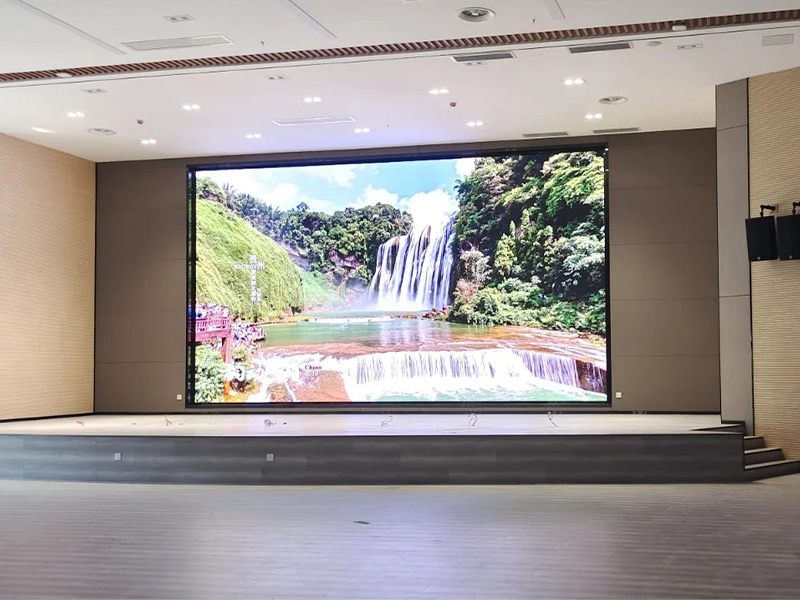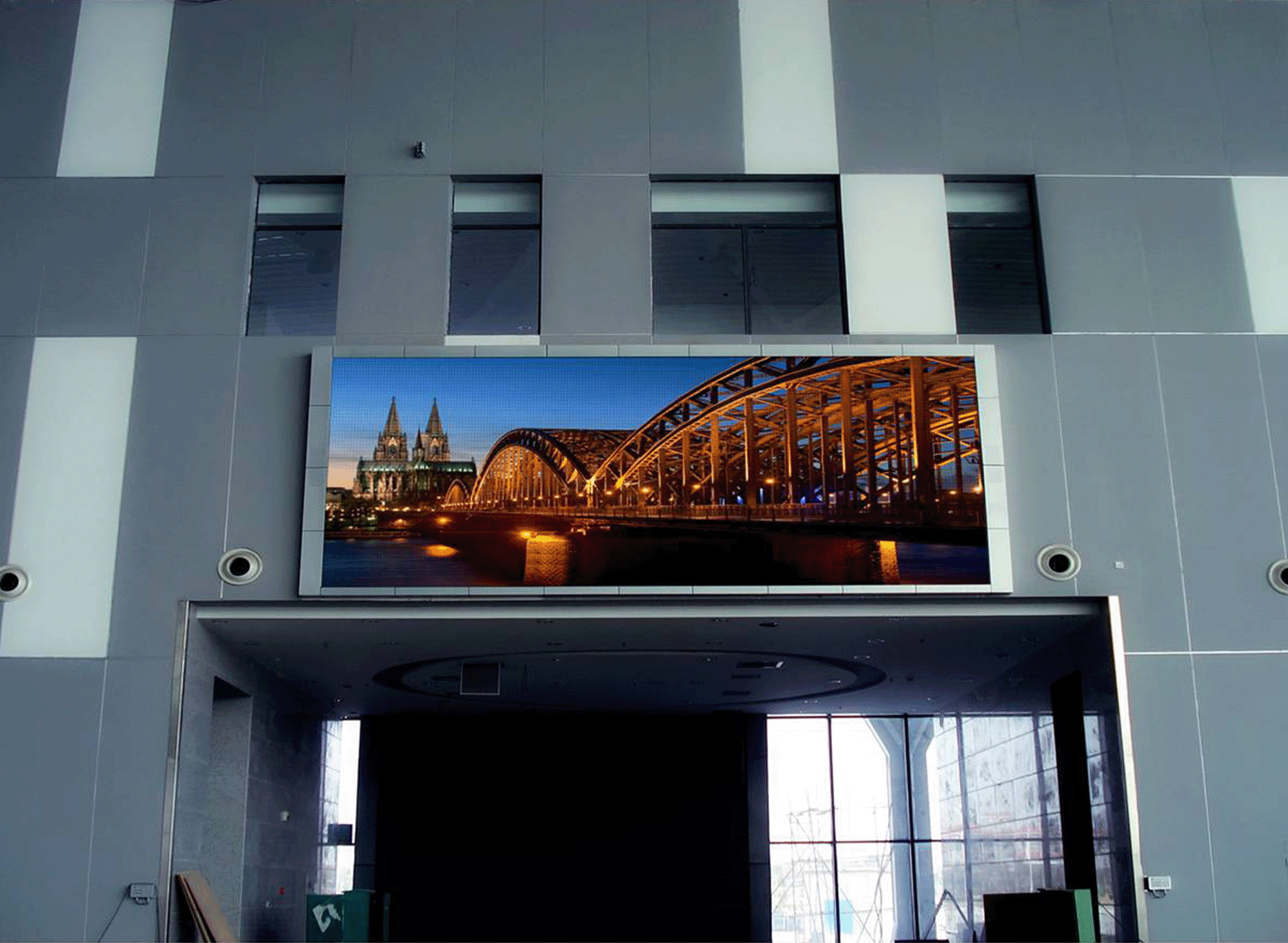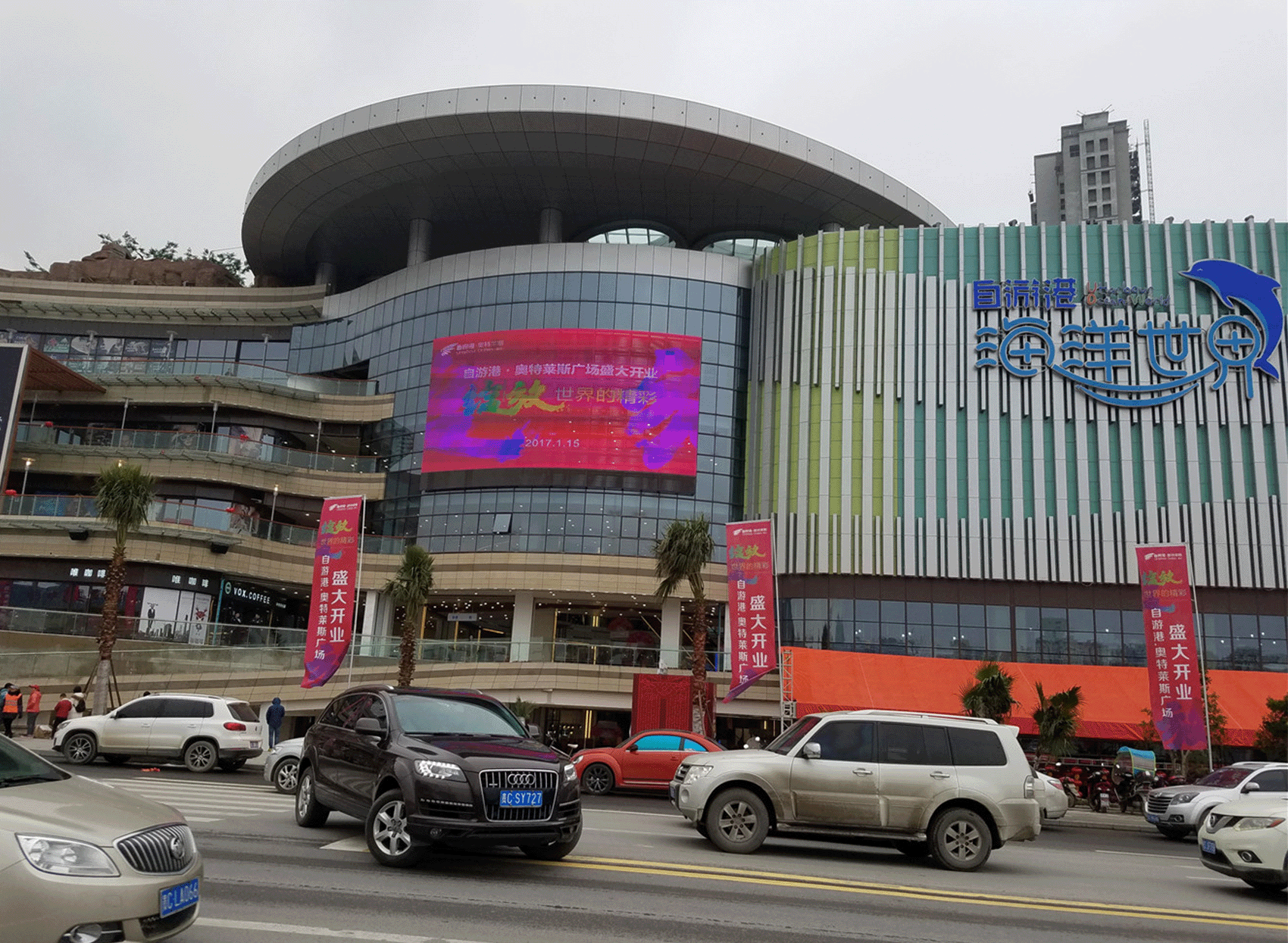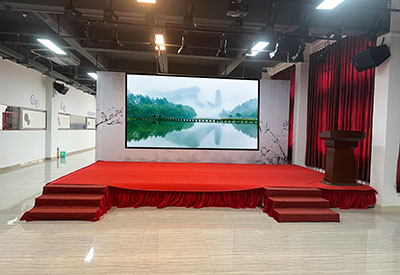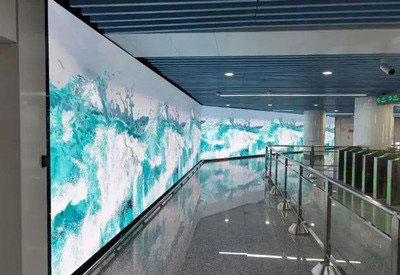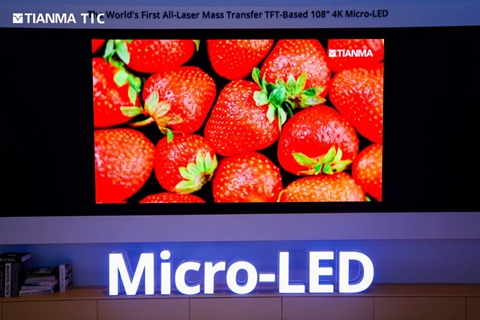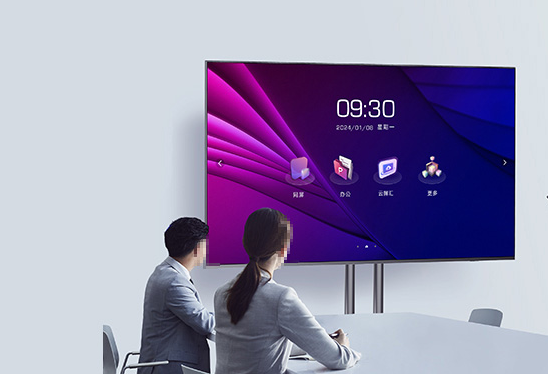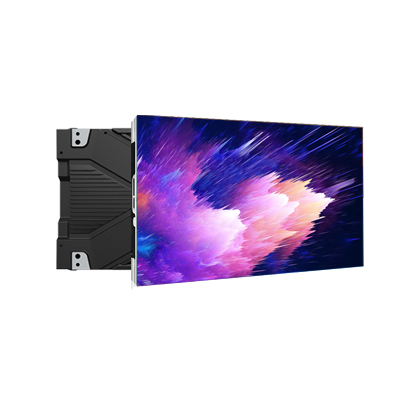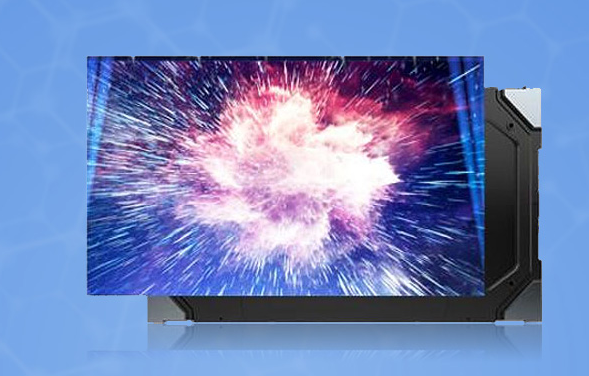When a black screen fault occurs on an LED display screen, the solution can be approached from three aspects: hardware inspection, software debugging, and environmental factors. The following are common troubleshooting and resolution steps:
1、 Hardware troubleshooting and handling
Check the power supply
Confirm if the power is properly connected and if the voltage is stable.
Check if the power cord and interface are loose or damaged.
Measure the power output to ensure compliance with the rated requirements of the LED display screen.
Detecting data cable connection
Check if the data cables between the control card and the sending card, as well as between the sending card and the receiving card, are securely connected.
Observe whether the data cable is broken, worn, or short circuited.
Replace the suspected damaged data cable for testing.
Check the control card and receiving card
Check if the cartoon electronic indicator light is working properly.
Re plug and unplug the card to eliminate poor contact.
If there is a spare card, it can be exchanged and replaced to check if it is a card failure.
Detecting LED modules
If a single or partial module fails, causing the entire screen to go black, it is necessary to check whether the module connection is normal.
Check the module interface wiring to avoid detachment or breakage.
Use a tester to check if the LED chips inside the module are functioning properly.
Troubleshooting heat dissipation issues
Overheating may cause protective shutdown of modules or control boards. Check if the heat dissipation device is effective.
Clean the dust from the cooling fan and fins to ensure smooth ventilation.
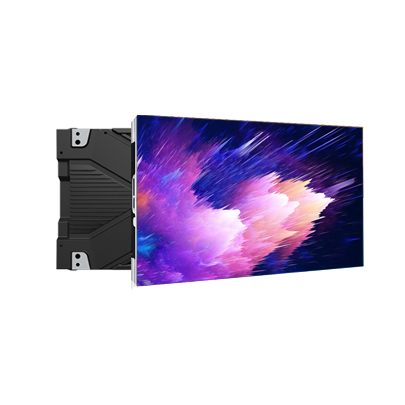
2、 Software debugging and configuration
Confirm that the control software is running normally
Check whether the control computer software is started and whether the signal is output normally.
Whether the software connection parameters (IP address, port, resolution) match the hardware configuration.
Refresh screen firmware and software
Try refreshing the firmware versions of the control card and receiver card again.
Use professional software provided by the manufacturer for system diagnosis and debugging.
Adjust brightness and display parameters
Confirm that the brightness setting has not been set to the lowest or turned off state.
Check the color correction and brightness control module settings.
3、 Environmental factor investigation
Electromagnetic interference
Check if there are strong electromagnetic interference sources near the display screen, such as high-voltage wires, large motors, etc., which may affect signal transmission.
Temperature and humidity
Extreme environments may result in protective shutdown of equipment, keeping the working environment temperature and humidity within the required range of the equipment.
Power grid fluctuations
When the power supply is unstable, voltage stabilizing equipment or UPS can be equipped to prevent voltage drops from causing black screens.
4、 Summary and Suggestions for Handling
First, check the connection between the power supply and signal lines, which is the link with the highest failure rate.
Use professional testing tools to gradually eliminate module hardware faults, such as module replacement testing.
Upgrade and adjust software configuration to ensure smooth communication between software and hardware.
Ensure proper equipment maintenance and environmental control to prevent recurring malfunctions.
Through the investigation and handling of the above system, the majority of LED display screen black screen problems can be effectively solved. In case of complex faults, it is recommended to contact professional after-sales or manufacturer technical support for in-depth diagnosis.
